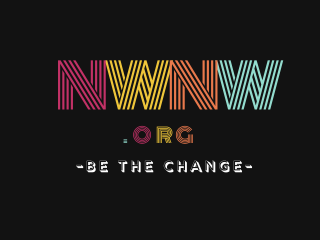By Sue Campbell
Well, we couldn’t have had a more fitting (though unwelcome) event to underscore the need for emergency preparedness than the winter storm in January.
The biggest snowfall in nearly forty years meant disrupted transit, a record number of cancelled school days and a state emergency declared at both the state and city level.
We hope you made it through okay and we’d like to suggest taking this as an opportunity to create (or reevaluate) your emergency preparedness (e-prep) plan.
What to expect
An important part of preparing for an emergency is knowing what type of help is in place at a systemic level and what gaps you need to fill in at a personal level.
In the event of a large-scale disaster such as a major earthquake, emergency responder resources will be overstretched. This includes not just police, fire and medical teams, but also utility workers trying to restore electricity, water and other infrastructure. It will be up to you and your neighbors to make due for several days (or longer) until essential services are restored.
The Pearl is served by Portland Fire and Rescue Station 3, which is staffed by just eight firefighters. There are also 25 volunteers who belong to the Pearl Neighborhood Emergency Team (NET) who are trained to provide rescue and provide first aid assistance in the critical first hours and days after a disaster.
Residential buildings should consider equipping themselves with first aid supplies, tools (shovels and pry bars) and other basic supplies that are needed to rescue and treat injured people. Buildings should also designate floor organizers from their e-prep committee who know what emergency supplies exist and where they are kept.
3 Steps to Prepare
Those in the disaster recovery business refer to the “three-legged stool” of preparedness. We break that stool down for you, leg by leg.
- Make and practice a family e-prep plan that includes how to communicate and where to meet if normal communication and transportation methods are not available. Be sure to practice your plan! Don’t wait until an emergency. This will help you identify any problems with the plan. Not to mention, the more practiced you are the calmer you’ll be when it’s time to put your plan into action.
- Find an e-prep buddy. Make arrangements with another resident to mutually support each other in the event of an emergency. You and your buddy make a mutual agreement to help each other in an emergency. This is especially important if you get stranded and your pets or children need looking after, or if you have any medical conditions or mobility issues that could be impacted by a widespread emergency event.
- Make a family e-prep kit for your apartment and your workplace (and a smaller one for your car, if you own one). Some basic emergency kit supplies include:
- Drinking water (1 gallon per person per day)
- Non-perishable food
- Manual can opener
- First aid kit
- Prescription medications
- Flashlight
- Radio
- Batteries
- Cash
- Large plastic trash bags
- Two 5-gallon buckets for emergency toilet
- Disposable gloves
- Work gloves
- Pocketknife
- Supplies and medication for pets
For a more comprehensive supply list and additional information, you can review the Preparedness Toolkit offered by the Red Cross.
For more information on how to get the E-prep ball rolling in your community, contact anastasia@nwnw.org.
This article is the third in a three-part series on Emergency Preparedness. Check out the January and February 2017 newsletters to learn more about what you can do to prepare.

